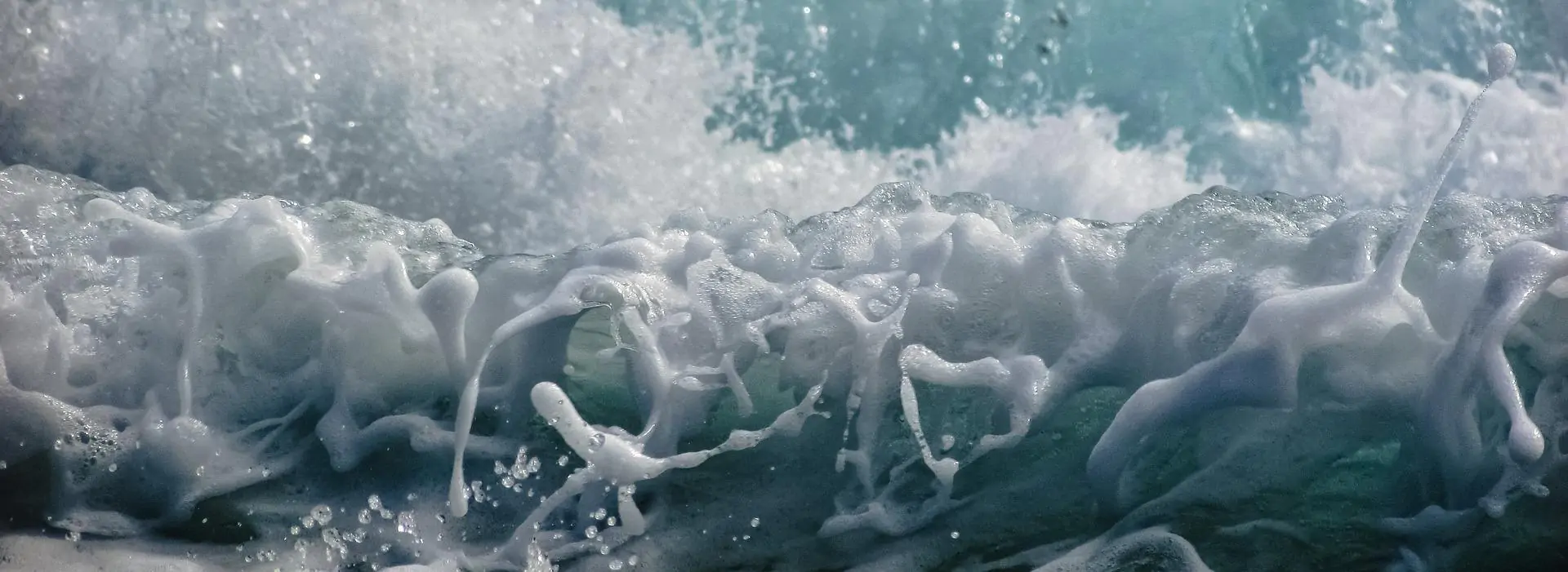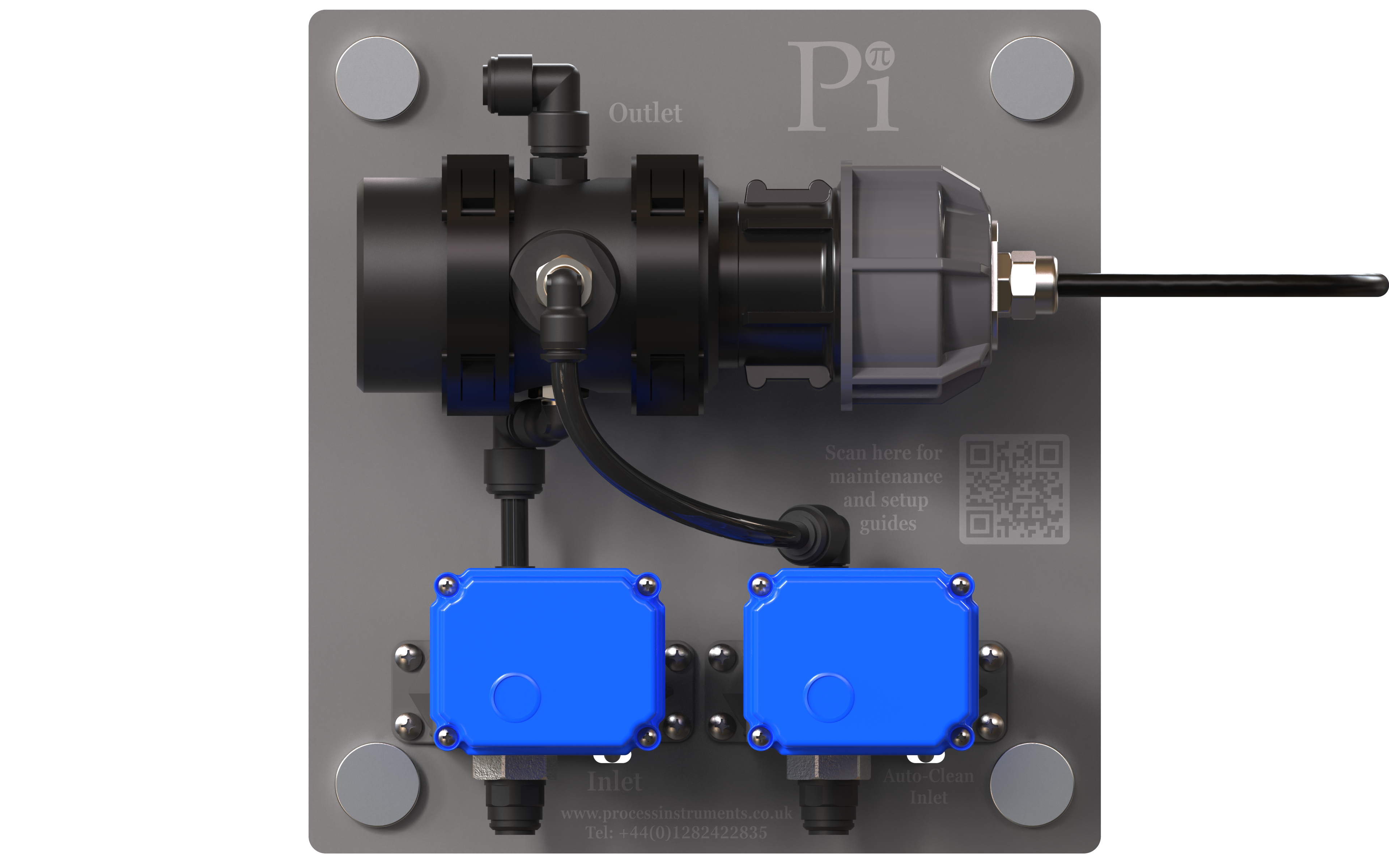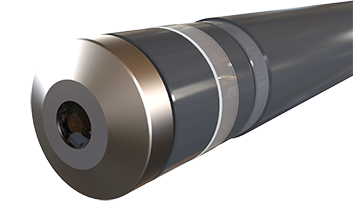You probably know that online dissolved oxygen monitors are crucial for controlling the oxygen available to the microbes in an aeration lane or oxidation ditch but did you know that… …typically up to 50% of the cost of running a wastewater treatment plant with aeration is the cost of the electricity to run the blowers?
…often the cost of purchasing many online DO meters is less than 10% of its 10 year total cost of ownership?
…an online DO meter that is reading 0.1ppm low could cost more than its purchase and installation costs in increased electricity costs in just a few months?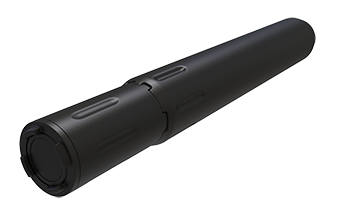 Early measurement of online dissolved oxygen in wastewater was made by electrochemical cells that needed sacrificial electrodes, electrolyte, membranes and a lot of calibration. Whilst there are some companies still advocating the use of this technology it was largely replaced in the 1990s and 2000s with online optical measurement. The vast majority of online DO systems used today are optically based.
Early measurement of online dissolved oxygen in wastewater was made by electrochemical cells that needed sacrificial electrodes, electrolyte, membranes and a lot of calibration. Whilst there are some companies still advocating the use of this technology it was largely replaced in the 1990s and 2000s with online optical measurement. The vast majority of online DO systems used today are optically based.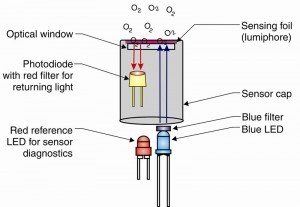
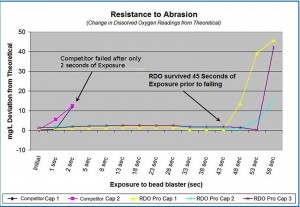 If you ask operators how often they maintain a DO meter (clean/calibrate etc.) you often get the answer “every week”. On a large plant that can mean an operator spends half their time doing nothing but maintaining the DO sensors! The Pi online DO analyzer has an optional cleaning system that can clean the lumiphore and keep it clean potentially for the entire life of the sensor. Utilizing compressed air from site or a small robust compressor available from Pi, the AutoClean keeps the sensor clean and that’s not all…
If you ask operators how often they maintain a DO meter (clean/calibrate etc.) you often get the answer “every week”. On a large plant that can mean an operator spends half their time doing nothing but maintaining the DO sensors! The Pi online DO analyzer has an optional cleaning system that can clean the lumiphore and keep it clean potentially for the entire life of the sensor. Utilizing compressed air from site or a small robust compressor available from Pi, the AutoClean keeps the sensor clean and that’s not all…
Galvanic vs Optical DO measurements
 Early measurement of online dissolved oxygen in wastewater was made by electrochemical cells that needed sacrificial electrodes, electrolyte, membranes and a lot of calibration. Whilst there are some companies still advocating the use of this technology it was largely replaced in the 1990s and 2000s with online optical measurement. The vast majority of online DO systems used today are optically based.
Early measurement of online dissolved oxygen in wastewater was made by electrochemical cells that needed sacrificial electrodes, electrolyte, membranes and a lot of calibration. Whilst there are some companies still advocating the use of this technology it was largely replaced in the 1990s and 2000s with online optical measurement. The vast majority of online DO systems used today are optically based.Why is controlling the blowers so important?
Simply put, the microbes need enough oxygen to do the job. More oxygen than this, and we are wasting energy and promoting the growth of unwanted biologies in the process. Many plants are estimated to waste significant energy by over aerating their process.What do you need from an online DO meter?
Reliability, Dependability and Reproducibility are the three most important things that a plant needs if it is to optimize its treatment (i.e. control the DO in the aeration lanes to a precise and accurate level). Typically, an aeration basin will have ‘lanes’ with more than one DO sensor. If these DO meters are reading very different levels and do not track each other it is very difficult for a plant to know how to implement a control strategy. DO meters fail low, an unfortunate consequence of the technology. A reliable, dependable and reproducible DO meter will be consistent and will check its own responsiveness so an operator doesn’t need to worry.
Reliability means Robust
The Process Instruments In-Situ® sensor has what is probably the most robust lumiphore (sensing material) of any available DO meter. The lumiphore is the disc of material that is used to sense the amount of oxygen present and it needs to be tough to withstand the high energy, aggressive environment that they work in. Below is a graph of how long the In-Situ® lumiphore works during a SANDBLASTING experiment against two other leading suppliers of online dissolved oxygen monitors. The results are staggering. The Pi/In-Situ® sensor lasts more than 20 times longer! You can’t scratch our lumiphore off with a thumbnail!Dependability means Clean
 If you ask operators how often they maintain a DO meter (clean/calibrate etc.) you often get the answer “every week”. On a large plant that can mean an operator spends half their time doing nothing but maintaining the DO sensors! The Pi online DO analyzer has an optional cleaning system that can clean the lumiphore and keep it clean potentially for the entire life of the sensor. Utilizing compressed air from site or a small robust compressor available from Pi, the AutoClean keeps the sensor clean and that’s not all…
If you ask operators how often they maintain a DO meter (clean/calibrate etc.) you often get the answer “every week”. On a large plant that can mean an operator spends half their time doing nothing but maintaining the DO sensors! The Pi online DO analyzer has an optional cleaning system that can clean the lumiphore and keep it clean potentially for the entire life of the sensor. Utilizing compressed air from site or a small robust compressor available from Pi, the AutoClean keeps the sensor clean and that’s not all…
